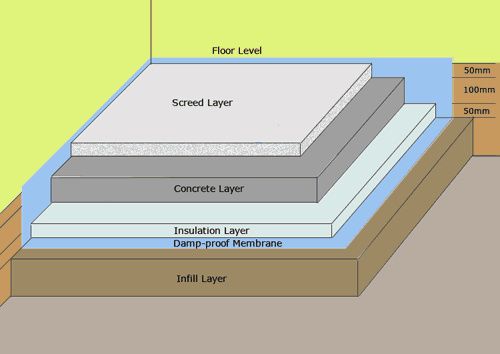Posted by Pete White on 07/02/2022 10:13:49:
What about those proper workshop mats, sited where you stand?
Those diesel heaters mentioned are good, got a couple of mates happy with those, thinking of getting one myself  . There were problems when the exhaust was lengthened, so becareful there.
. There were problems when the exhaust was lengthened, so becareful there.
Pete
When installing, one is advised to follow the Webasto or Eberspacher installation details as pipe/duct sizes are important. The chinese instructions often leave a great deal to be desired – either factually, or language problems.
The Eberspacher manual can be found at:
**LINK**
132 pages, of which few are relevant to a simple installation but, nevertheless, useful for those that want to be sure they install the heater correctly.
The advantages of these heaters are: No water vapour is produced, or introduced, within the area heated. They do not need draughts to be sure of proper combustion (ie they are can be completely draught-proofed – my workshop is such, with no windows. Minimum fuel delivery (152ml/h) soon gets my workshop to a reasonable temperature for working, even if the machine temperatures lag behind. Full-chat would soon have been simply too hot in a short time.
I suspect that Sam’s garage is neither fully insulated nor draught-proofed. Also he may be procuring his fuel at inflated cost. He might be drawing in cold air from outside, for all we know.
Gross energy cost for gas oil is currently about 7p/kWh tops? (mine is currently a lot lower than that🙂 ) – unless bought in inappropriate volumes from convenience sources.
I run mine from the mains (practically). The 12 volt battery (needed as the power supply in case there is a power cut) is simply float charged from a lidl battery charger. My battery returns to ‘float’ charge only a few minutes after the heater is turned off, even though the controller is a permanent draw. Electricity draw is, I believe, 36-40W at full output but only around 12-15W at minimum fuelling.
gerry madden.







